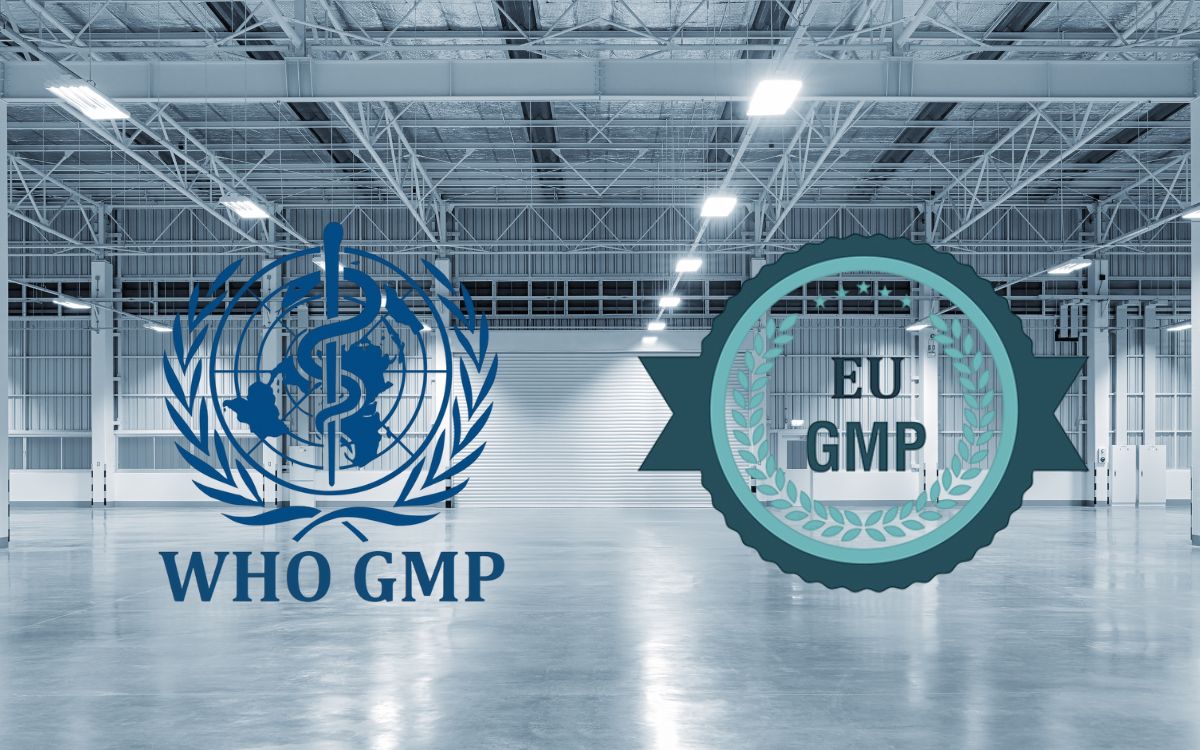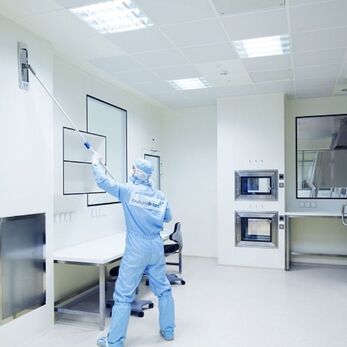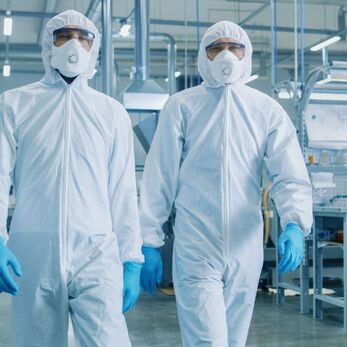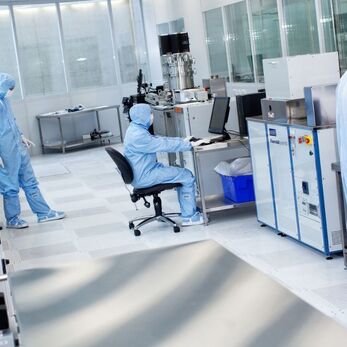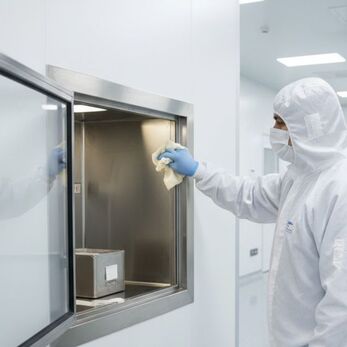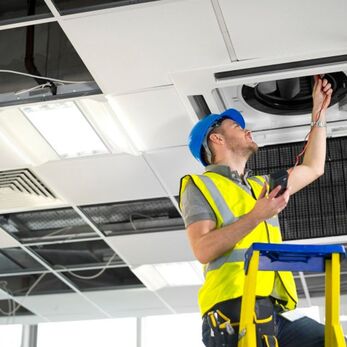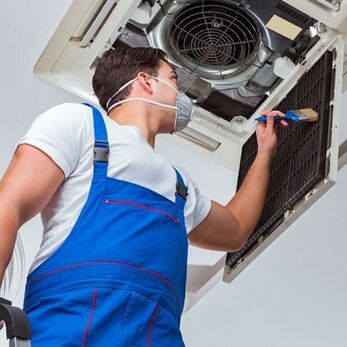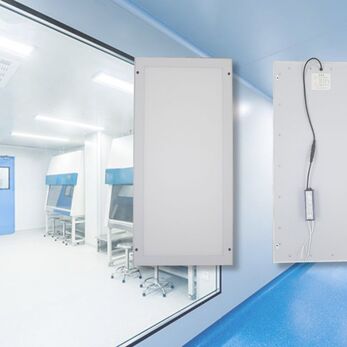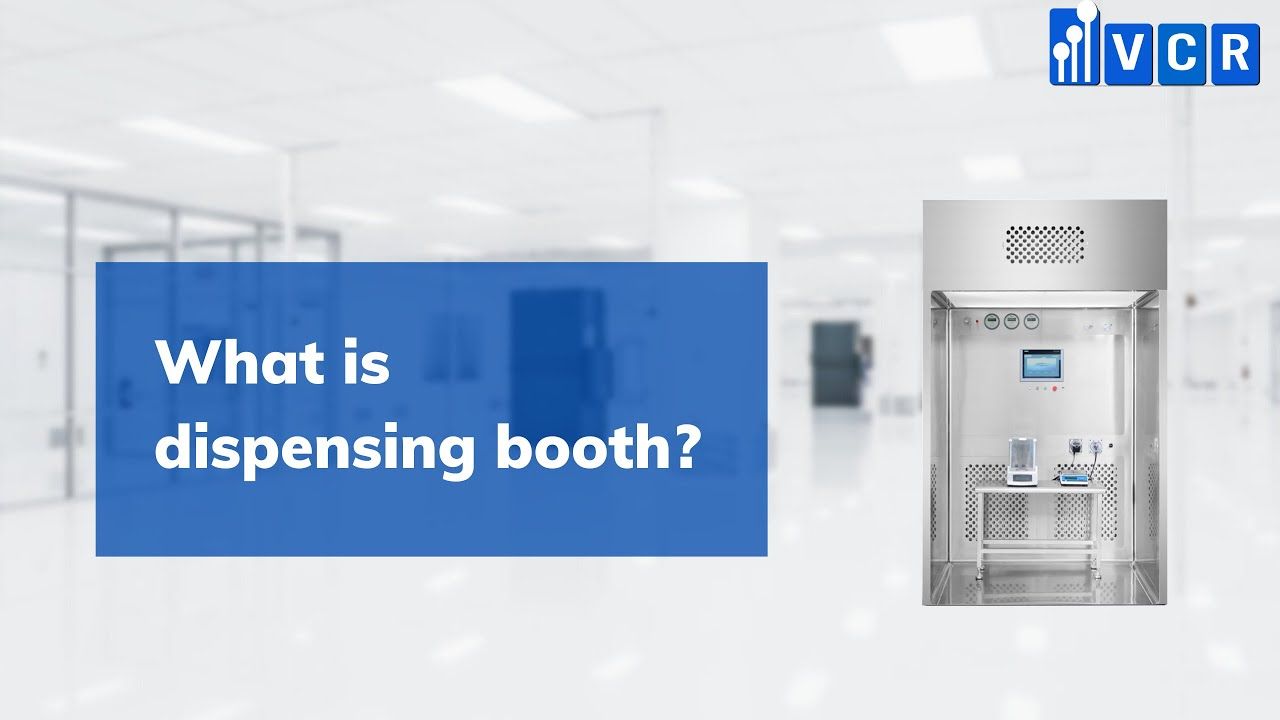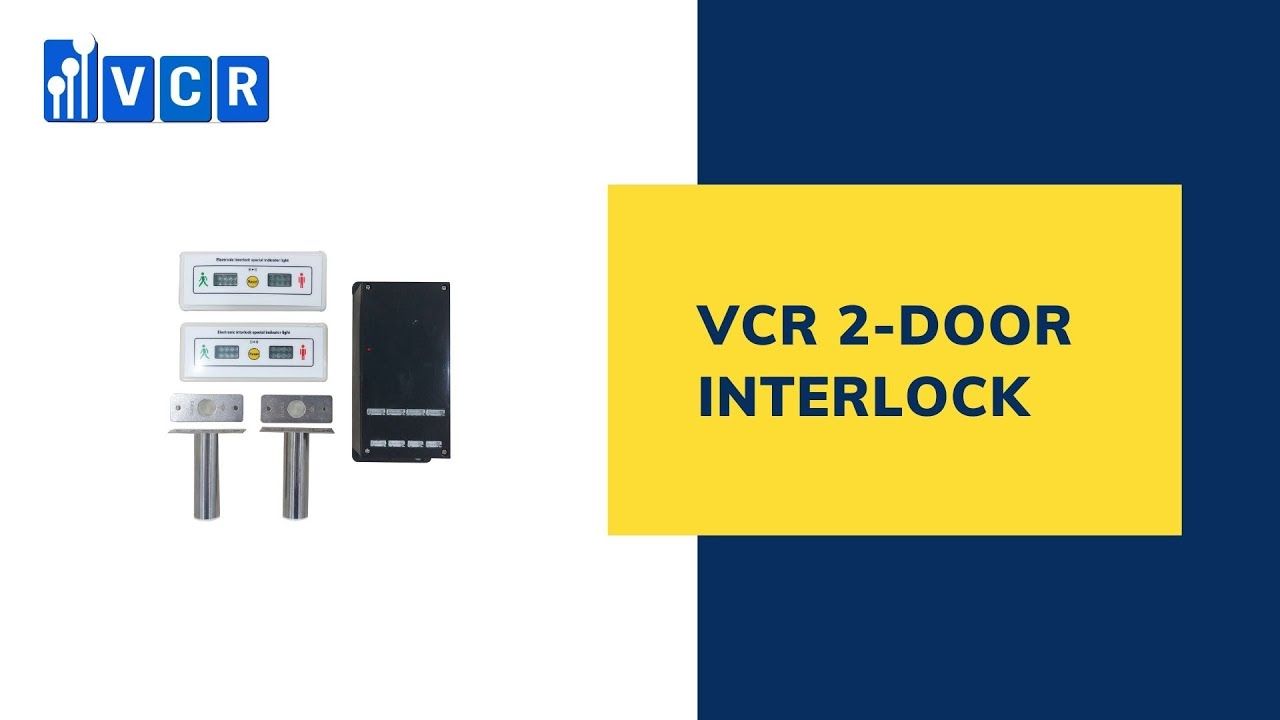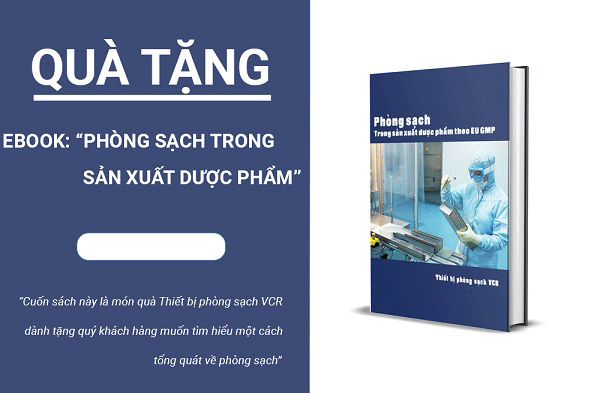When should WHO-GMP be used instead of EU-GMP?
In pharmaceutical production, the choice of applying WHO-GMP or EU-GMP greatly affects business strategy and target market. So when should WHO-GMP be used instead of EU-GMP? This article will analyze the differences, advantages and disadvantages and suggest suitable choices for businesses.
1. Quick Overview of Two GMP Standards
In the pharmaceutical industry, compliance with GMP (Good Manufacturing Practices) is mandatory to ensure product quality and safety. However, between WHO-GMP and EU-GMP, each standard has its own characteristics and level of strictness, directly affecting a company’s production and business strategy.
What is WHO-GMP?
WHO-GMP is a set of Good Manufacturing Practice standards issued by the World Health Organization (WHO). It is internationally recognized and widely adopted in many countries, especially developing nations. The main goal of WHO-GMP is to ensure the basic quality of pharmaceutical products, meeting safety and therapeutic efficacy requirements.
What is EU-GMP?
EU-GMP is a standard issued by the European Medicines Agency (EMA). It is one of the strictest and most comprehensive GMP systems in the world, commonly applied in European countries or by companies targeting export markets such as the EU, USA, and Japan.
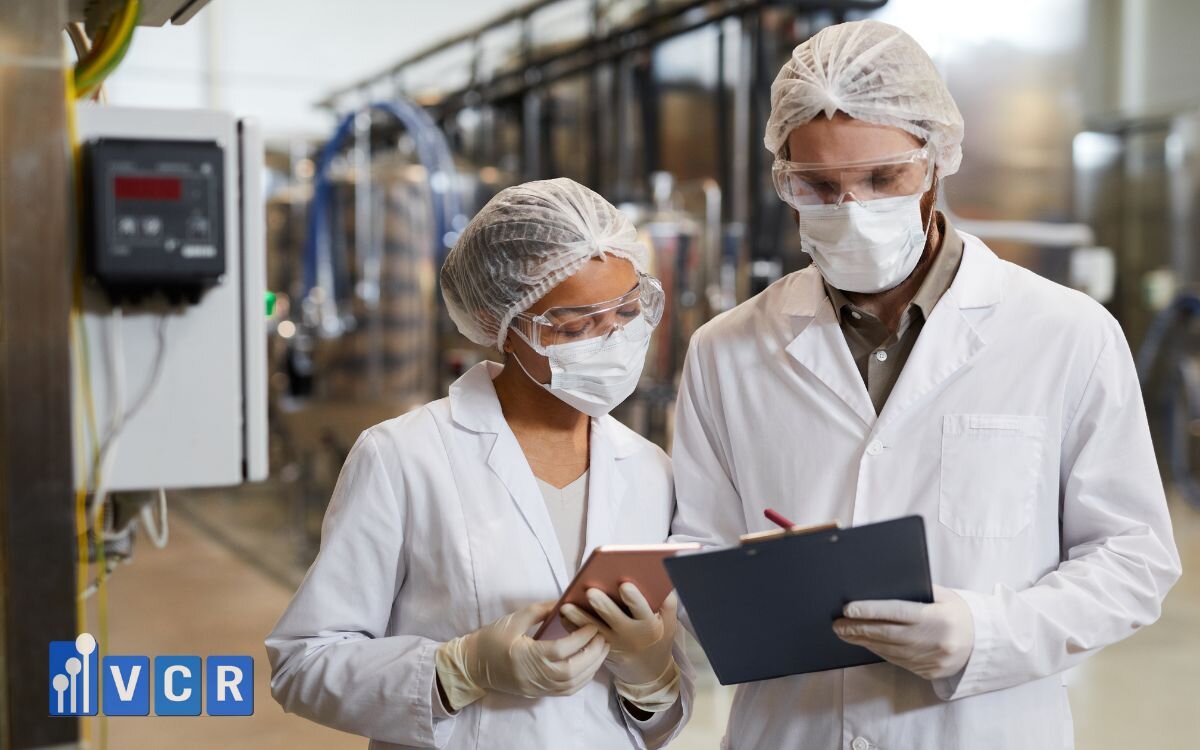
Quick Comparison Table: WHO-GMP vs EU-GMP
|
Criteria |
WHO-GMP |
EU-GMP |
|
Scope of application |
Global, mainly in developing countries |
Europe and countries exporting to the EU |
|
Level of stringency |
Moderate |
Very high |
|
Construction & maintenance cost |
Lower |
Much higher |
|
Target market |
Domestic, export within Asia |
Export to EU, USA, Japan |
2. When Should a Business Choose WHO-GMP Over EU-GMP?
Choosing between WHO-GMP and EU-GMP is not only about comparing which standard is "higher", but also depends on the business goals, target market, and the company's financial and operational capabilities. Below are common scenarios where WHO-GMP is a more reasonable and optimal choice than EU-GMP.
When targeting only domestic or developing markets
If a company primarily distributes its products in Vietnam or other regions such as Southeast Asia, the Middle East, or Africa, WHO-GMP fully meets the legal requirements for product circulation. Many developing countries accept WHO-GMP as a valid standard for product registration without requiring EU-GMP.
→ Saves time and investment costs while ensuring legal compliance.
When the investment budget is limited
Small or medium-sized pharmaceutical businesses and startups often lack the resources to build EU-GMP-compliant facilities, which require advanced technology, infrastructure, personnel, and detailed documentation.
In this case, WHO-GMP helps optimize initial investment and operational costs while still building trust with regulatory agencies and domestic distribution partners.
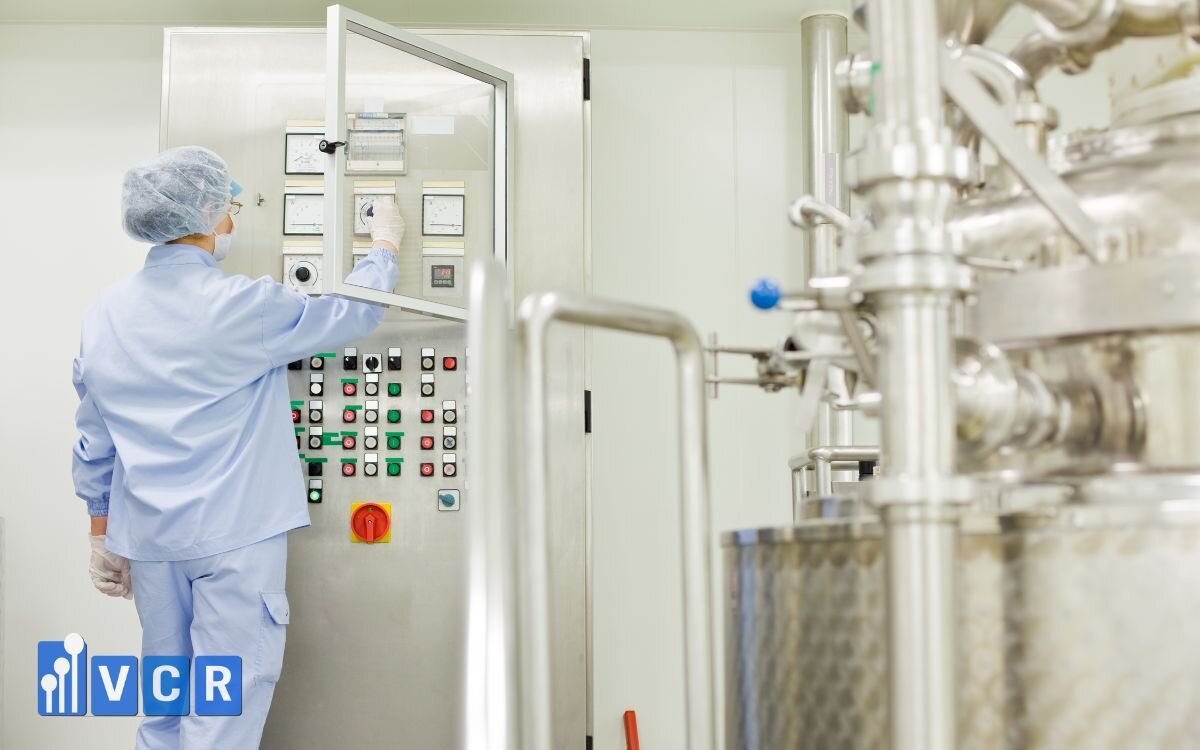
When the immediate goal is quick compliance
For businesses needing to bring products to market quickly, WHO-GMP is a strategic move. Compared to EU-GMP, WHO-GMP is easier to implement and has shorter approval timelines.
Many companies follow the strategy:
WHO-GMP first → EU-GMP later
They build facilities to meet WHO-GMP initially but leave room for upgrading to EU-GMP when market demands arise.
When there is no immediate need to export to highly regulated markets
If a company has no specific plan to enter markets like the EU, USA, or Japan, investing in EU-GMP from the start may be wasteful. Meanwhile, WHO-GMP is sufficient for manufacturing, registering, and distributing products in most of Asia and Africa.
Additionally, quality management and documentation under WHO-GMP are less complex than EU-GMP, reducing operational burden.
3. Common Mistakes When Choosing a GMP Standard
Choosing between WHO-GMP and EU-GMP is a strategic decision that significantly impacts costs, operations, and a pharmaceutical company’s competitive edge. However, in reality, many businesses make the following mistakes:
Believing EU-GMP is always the best in all situations
EU-GMP is undeniably a premium, globally recognized standard. However, not all companies need to meet EU-GMP from the outset. Assessing standards based solely on their strictness instead of suitability can lead to misaligned investments and wasted resources.
Each GMP standard is only beneficial when it aligns with the company's market goals, resources, and development stage.
Overinvesting in EU-GMP without a suitable market
Many companies pursue “premium compliance” without a clear market strategy. As a result:
- Facility and system costs increase 2-3 times
- Operational timelines are extended
- But there is no corresponding market demand, especially domestically
This is a strategic misstep that may lead to financial difficulties or missed market opportunities.
Underestimating the difficulty of maintaining compliance
Achieving EU-GMP is already challenging; maintaining it is even more demanding. Some companies focus solely on passing audits to get certified but fail to invest adequately in ongoing operations, staffing, and document updates.
This can result in:
- Certification revocation after regulatory inspections
- System overloads, procedural deviations, affecting product quality
- Loss of credibility in international partnerships or export efforts
4. Expansion Strategy: From WHO-GMP to EU-GMP
Many pharmaceutical companies in Vietnam are adopting a two-step strategy: starting with WHO-GMP, then upgrading to EU-GMP once they have the capacity and appropriate market conditions. This is a smart approach, allowing for cost-effective initial investment while still ensuring the potential for future expansion.
So how can a company transition effectively from WHO-GMP to EU-GMP? Below are the key considerations.
Suggested Upgrade Roadmap: From Design - Operation - Documentation - Reassessment
Design the facility with scalability in mind
From the WHO-GMP construction phase, companies should plan for potential integration or expansion toward EU-GMP compliance.
Give priority to using materials, equipment, HVAC and BMS systems that can meet EU-GMP standards.
Standardize operating procedures
Enhance employee training in Change Control, Qualification & Validation, and Risk Management.
Implement a comprehensive Quality Management System (QMS) aligned with higher standards.
Prepare complete technical documentation
EU-GMP requires greater transparency and detail in production records, traceability, equipment logs, and personnel files.
Upgrade the Document Management System (DMS) to meet these demands.
Conduct a full reassessment
Before applying for an EU-GMP inspection, it’s advisable to invite a consulting firm or independent organization to conduct a mock inspection to identify and address gaps.
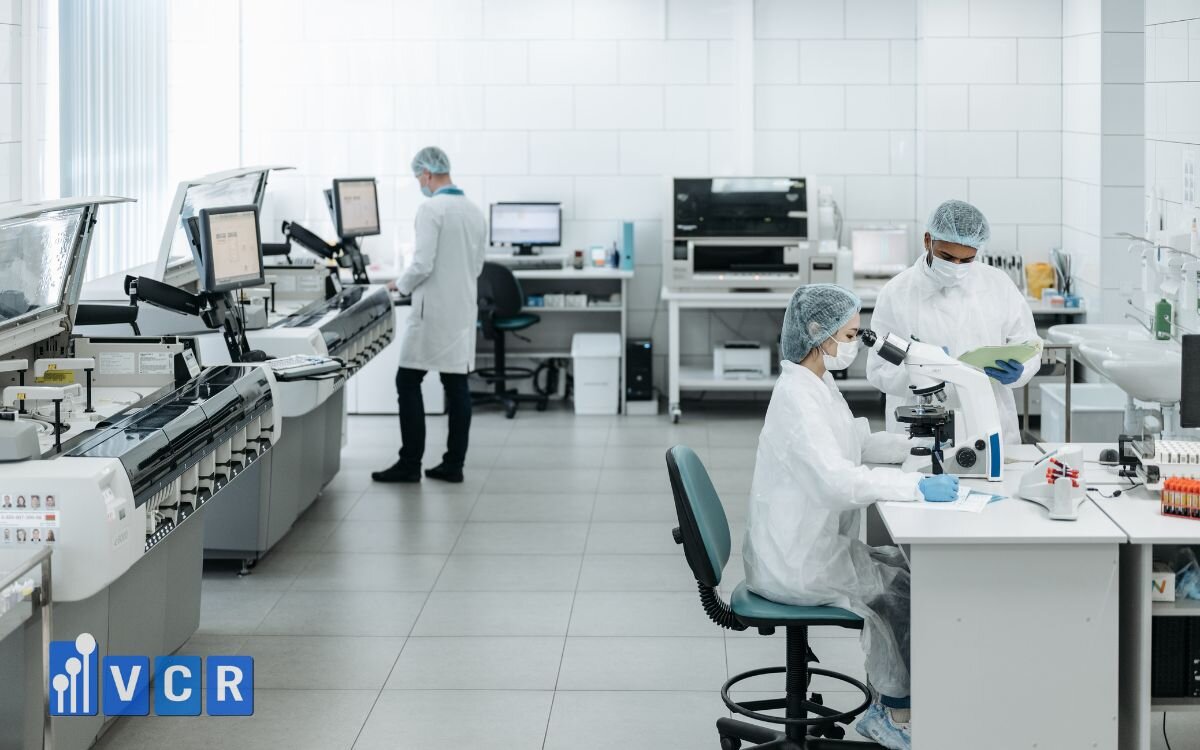
The Role of Consulting Partners and Inspection Bodies
Transitioning to EU-GMP cannot rely solely on internal efforts. External support is essential:
- EU-GMP specialized consultants: assist with design, assessment, and system redevelopment.
- Internationally recognized inspection bodies: perform preliminary audits based on European standards to avoid discrepancies during the official assessment.
Partnering with reputable organizations helps companies reduce errors, shorten timelines, and optimize upgrade costs.
When is the “Golden Time” to Transition to EU-GMP?
Moving to EU-GMP is a major step and must be timed carefully. The following stages are considered optimal for the upgrade:
- When the domestic market is established and international expansion is the next goal
- When a foreign partner requires it or places long-term orders
- When new investment is available (M&A, IPO, strategic funding)
- When upgrading production lines or building a new facility
5. Expert Advice from VCR
Based on experience from hundreds of GMP projects both locally and abroad, the experts at VCR - Vietnam’s leading cleanroom and GMP consulting firm - provide the following strategic guidance to help pharmaceutical companies choose the right standards and grow sustainably.
WHO-GMP is a Practical Step for the Early Stage
For startups or businesses expanding into domestic and regional markets, WHO-GMP is a “fit-for-purpose” solution that reduces costs while ensuring product credibility.
It allows companies to legally commercialize their products while laying the foundation for a comprehensive quality system.
Advice: Don’t rush to adopt the highest standard—choose the one that aligns with your current market and resources.
Build a Clear Standardization Roadmap
GMP compliance is not a one-time goal, but a progressive journey. Creating a clear roadmap—from WHO-GMP to EU-GMP or PIC/S-GMP—helps businesses:
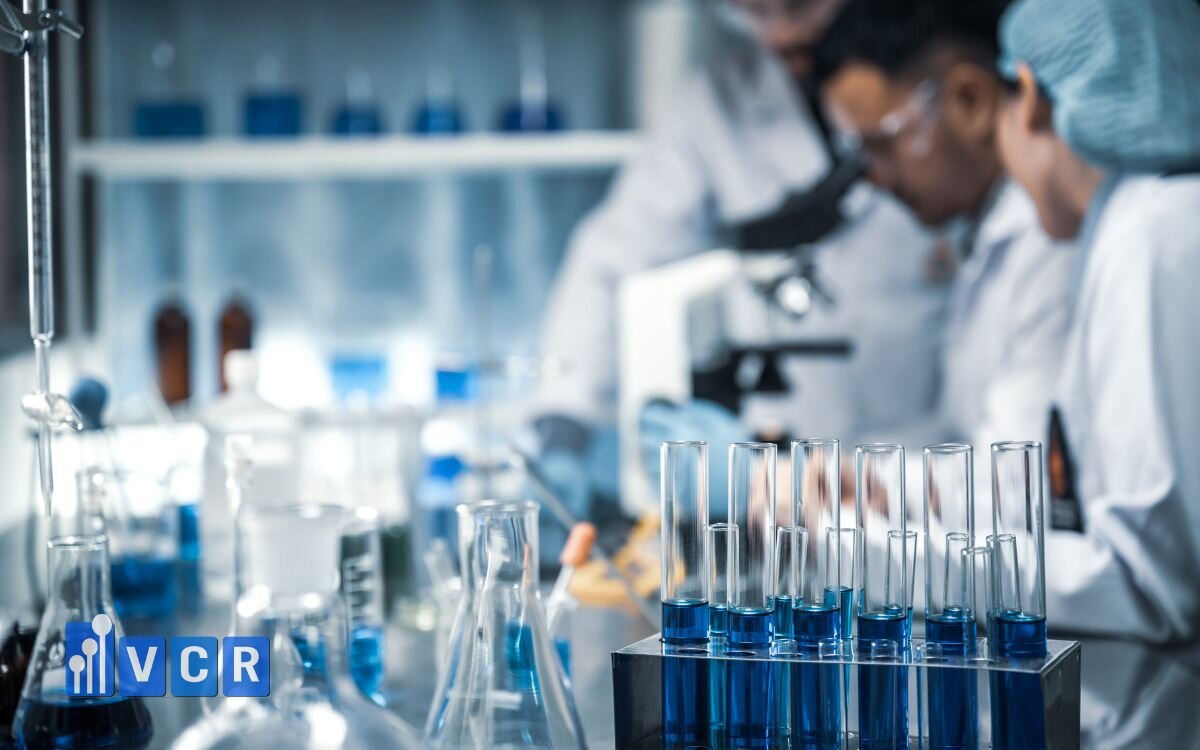
- Optimize investment flow
- Allocate human resources effectively
- Minimize operational imbalances
- Increase potential for fundraising or strategic partnerships
Avoid Scattered Investment Without Clear Direction
Many companies make the mistake of investing in multiple lines with different standards simultaneously, resulting in system incompatibility or operational incapacity.
The right strategy is to choose the right standard at the right time based on internal capacity, then standardize consistently to create long-term competitive advantages.
6. Quick Q&A
Is WHO-GMP accepted in Vietnam?
Yes. WHO-GMP is a widely adopted standard officially recognized in Vietnam and many developing countries. It is mandatory for pharmaceutical product registration within the country.
Is WHO-GMP rejected in the European market?
It can be. In highly regulated markets like the EU, USA, and Japan, WHO-GMP is usually not sufficient for drug or supplement registration. These markets typically require EU-GMP, PIC/S-GMP, or an equivalent.
Is it easy for a company with WHO-GMP to upgrade to EU-GMP?
Not easy, but entirely feasible.
Transitioning from WHO-GMP to EU-GMP demands significant investment in facility design, quality system management, personnel training, and technical documentation. If the company had an upgrade plan from the beginning, the process can be more cost-effective and faster.
How much more expensive is EU-GMP compared to WHO-GMP?
Generally, 2-3 times more, depending on:
- Facility size
- Product line (injectables, orals, supplements, etc.)
- Level of equipment and system modernization
- Costs for consulting, inspection, and system operation
This is why selecting the right standard for your capabilities and target market is crucial.
7. Need Help Choosing Between WHO-GMP and EU-GMP?
Choosing to invest in WHO-GMP or EU-GMP is a turning point in your pharmaceutical business strategy. If you are:
- Weighing investment costs vs. market demands
- Looking for guidance on upgrading from WHO-GMP to EU-GMP
- Planning to design a GMP-compliant, scalable, cost-effective pharmaceutical facility
- Searching for a turnkey partner for design, construction, validation, and training
Let VCR help you realize your international standardization roadmap.
Contact VCR Today for
- Strategic GMP consultation tailored to your development stage
- Free site assessment - needs analysis - optimal investment solutions
- Support from a trusted partner of 200+ pharmaceutical, supplement, and cosmetics
- companies nationwide
Hotline: 090.123.9008
Email: [email protected]
Website: https://vietnamcleanroom.com/
Diep VCR






